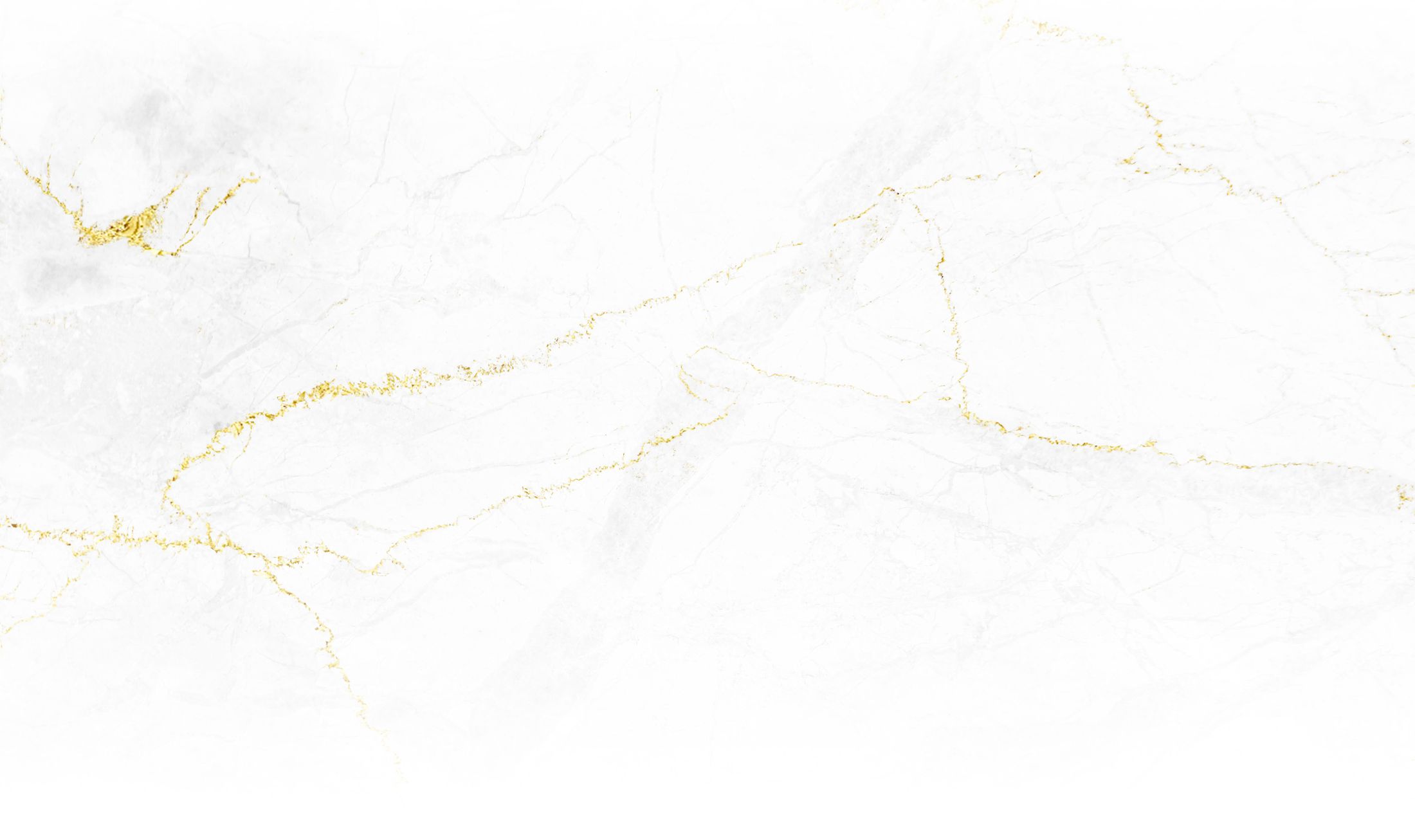Choosing Clean Health and Beauty Products
Now, more than ever, we are seeing the rise of conscious consumerism and an ever-increasing awareness about the products we eat, use in our homes, and put on our bodies. What was once relegated as “hippie” and “alternative” has gone mainstream. The wellness and detoxification trends, both in terms of diet and products, has led consumers to read labels more carefully and resulted in an increased awareness about synthetic ingredients and the effects they can have on our body. Our bodies not only ingest these products through our food, but also by absorption via the skin and oral tissues.
The United States greatly differs from other countries, such as the European Union and Canada, on what chemicals can be added to our food, household items, and personal care products. The European Union bans a significantly higher number of substances and ingredients compared to the United States. This fueled a demand for “clean” self-care products, which is still open to interpretation (much like the word “organic” used to be).
Our increased awareness and “clean” wellness trend has us taking a better look at what we put on our skin and in our bodies. There isn’t enough evidence against these chemicals when clinically exposed to low, daily doses but it is certainly food for thought. The bottom line is that we should educate ourselves on the ingredients in the things we purchase so that we can live healthier lives.
Here is a list of some common ingredients to look out for:
- Parabens: Parabens are commonly used as preservatives in cosmetics because they prevent the growth of harmful bacteria and mold. They are commonly found in makeup, moisturizers, hair products and shaving products, usually as methylparaben, propylparaben, butylparaben, or ethylparaben. Parabens are believed to disrupt the endocrine system because it mimics estrogen. Several studies have linked parabens to breast cancer, skin cancer, and decreased sperm count. The FDA acknowledges the link between breast cancer and parabens, but does not advise against its use in cosmetics.
- Sodium Lauryl Sulfate: Sodium lauryl sulfate (SLS) is a foaming agent that is found in many soaps, household cleaning products, and toothpaste. It is synthetic and can irritate the tissue with higher concentrations and prolonged exposure. As a dentist, I recommend that my patients find toothpastes without SLS because it can irritate sensitive gum tissues with daily use.
- Phthalates: Phthalates are a group of chemicals that stabilize cosmetic products. They are found in perfumes, pharmaceuticals, and personal care products. Studies have linked phthalates with hormonal disruption, developmental defects and fertility issues. Phthalates are often a component hidden under the ingredient list as “fragrance”.
- Triclosan: Triclosan is an antimicrobial component. It is banned in the EU for being an endocrine disruptor. Studies have found triclosan in human breast milk, urine, and blood plasma - suggesting a high absorption rate. In 2016 the FDA banned its use in antibacterial soap and hand sanitizer products. Triclosan is still found in many oral health products.
- Petroleum distillates: Petroleum distillates can be found in many industrial, pesticide, and cosmetic products. It is banned in the EU for being a known carcinogen. However, studies on highly refined petroleum distillates (like those found in cosmetics) do not link it to cancer.
- Formaldehyde: Formaldehyde is commonly used in hair and nail products. The National Cancer Institute has identified it as a potential carcinogen due to its link to cancer formation in both humans and animals at high doses. It is also one of the most common contact allergens and has been associated with respiratory problems.



